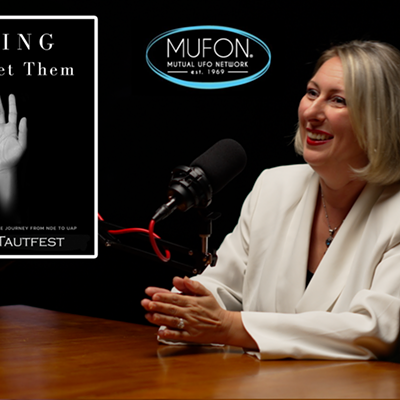An excerpt from the high school textbook "The Story of Oklahoma," fourth edition, published in 2057:
The second decade of this century began during the "Great Recession," which initially did not affect Oklahoma as significantly as other states. There was ongoing investment in public works, enthusiasm over the new NBA franchise and an increasingly diverse and flourishing local arts and music scene.
Two themes began to dominate the political life of the state. The first was the inability to deal with declining tax revenues, leading to a series of more draconian cuts in state government and social services. Early signs were the closing of senior adult nutrition centers, closing half the state's child guidance centers, Tulsa schools eliminating 7 percent of their faculty and more than 8,000 Oklahomans losing access to mental health and addiction recovery services. Some politicians were even known to suggest that some groups seeking services, such as families with autistic children, should simply move to another state.
The other dominant theme was the return of the pre-Civil War doctrine of nullification, which held that a state could nullify or exempt itself from federal law. That doctrine, heavily debated in the mid-19th century, had been discredited by the Civil War and the subsequent amendments to the Constitution.
On a range of topics from health care to gun laws to protecting minorities from violent crimes, the state Legislature made several attempts at nullification.
One measure exempted firearms made in Oklahoma from federal regulations. This was on condition that the weapons remained in the state and, thus, did not become interstate commerce, which the federal government has the constitutional authority to regulate. Given that historically, and still true at that time, America's internal borders were unmonitored, and people and goods passed freely from state to state, the only way to enforce the new law was to begin monitoring the state's borders. Some neighboring states threatened to erect fences in order to protect themselves from the free flow of arms they considered dangerous to civil society.
One popular weapon that began manufacture in the state was the "OK-47," an Oklahoma version of the Soviet AK-47 assault rifle, which had previously been banned for manufacture and sale in the United States.
The state also created a new citizen militia, armed with the weapons now being manufactured in the state. In time, the militia was also empowered to demand documentation of citizenship.
These two dominant themes of collapsing government services and nullification as a response to federal law came together when the new militia was called upon to perform government services.
After the state's leading newspaper warned that "Oklahoma could be headed for a mess of historic proportions" in the Department of Corrections, staffing eventually fell to around 70 percent as the number of inmates continued to dramatically increase. The volunteer militia was eventually mobilized to provide the needed staff, and some of the closed schools and government centers once used for mental health, addiction recovery, child services and senior adults were converted into prisons.
A law was proposed to require a woman seeking an abortion to undergo an invasive medical procedure. To guarantee the procedure was performed, militia members were required to be present. Civil liberties groups still active at the time called this "rape by instrumentation."
Note: I am not a pessimist and intend the above as political satire.
Jones, who holds a doctorate in philosophy from the University of Oklahoma, is pastor of the Cathedral of Hope United Church of Christ in Oklahoma City.












